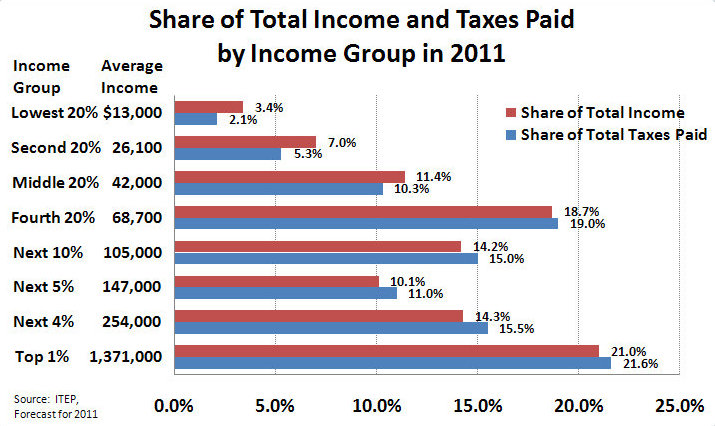The importance of mining to New Mexico
12.05.2012
It is widely known that New Mexico’s major industries involve extracting oil and gas and minerals from the ground and government.
The economic impact of oil and gas (and here) has been discussed in this space. Mining has not received as much attention. The industry employs approximately 6,000 workers in our state.
New Mexico businesses—large and small—depend on a steady supply of minerals to develop and deliver the products on which we rely. Copper—of which our state is the third-largest producer in the United States—is used in microprocessors for computers, wiring for electronics, and as a sterile agent in advanced medicine. Minerals are also key components of energy technologies like hybrid vehicles and wind turbines.
Considering the real economic growth generated by minerals mining and the important ways in which it contributes to meeting our nation’s security objectives, New Mexico should seek to fully utilize its mineral resources. It would be a boon to our struggling economy as well.




